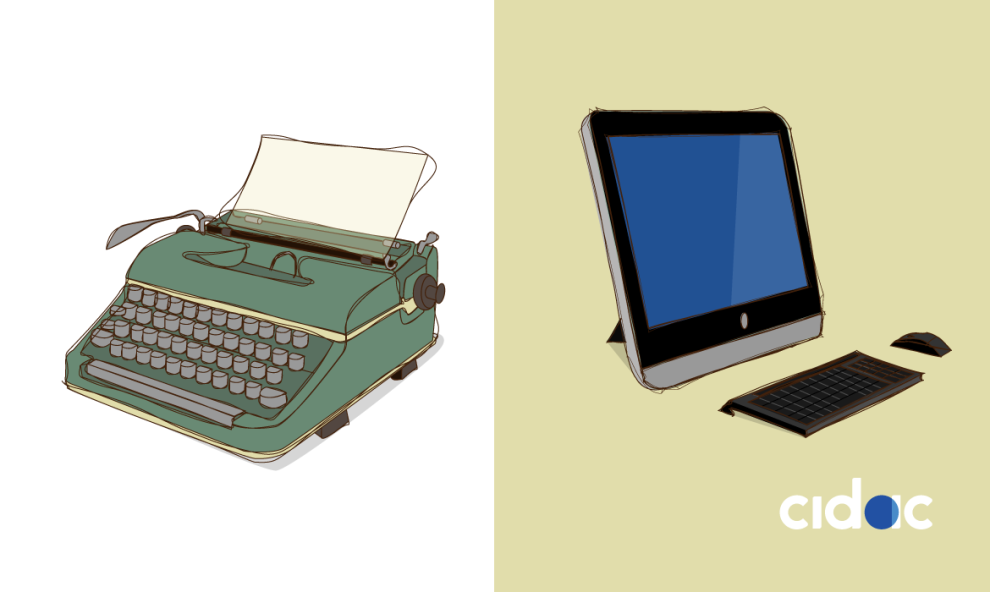When Adlai Stevenson was contending for the U.S. presidency with Dwight Eisenhower in 1956, a supporter once called out to him: “Governor Stevenson, all thinking people are for you!” And Stevenson, a politico-intellectual, answered him: “That’s not enough. I need a majority.” Tension among groups and social classes is a constant throughout history and no one should be surprised that when some things change, above all if they improve, new sources of conflict and tension appear in the firmament.
One of the paradoxes of our era is that a combination has come about of factors that are, or appear to be, contradictory. On the one hand, it is obvious, and empirically demonstrable, that life has improved for the greater part of the population (and, in fact, of humanity). Today people live longer, there are fewer diseases, quality of life levels have risen, the quality of the products that we consume and utilize improves day by day, the prices of many articles –such as electronics- decrease. Even the most modest family in an urban zone has access to better daily life conditions –such as bathrooms in their home- that even the most famous King of France (Louis XIV) never had.
On the other hand, there is income polarization, much of this deriving from the technological advance. Both things –real improvement in quality of life levels and economic polarization- are true, although not linked. In economic terms, the improvement is tangible. However, in political terms the perception has predominated that some have improved while others have not or, in the cheap rhetoric, that some have gotten better because others have gotten worse. This paradox, known for some time, is a pure propellant for electoral disputes, populist rhetoric and all manner of controversy.
As if this were not enough, Yuval Harari, author of the book Sapiens, a “brief history of humankind”, affirms that the unrest under which humanity lives is at the point of multiplying and acquiring forms and characteristics that to date are unknown by the human race. In a discussion with Nobel Economics Prize recipient Daniel Kahneman*, Harari argues that the technological advances of our era are going to create new sources of conflict and tension, new social classes and novel dynamics of the class struggle, just as occurred with the Agricultural Revolution or the Industrial Revolution.
The most clear-cut example that Harari employs is that of the revolution in the field of health. According to Harari, the focus of XX Century Medicine was on curing disease; today, its focus is on improving those who are healthy, a radically distinct perspective. In political and social terms, says the historian, while healing the sick constitutes an essentially egalitarian project because it treats everyone as equals, improving those who are healthy constitutes by definition an elitist undertaking, given that it is not something from which everyone can benefit. Thus, for Harari a potentially enormous source of future conflict lies in differentiated health for rich and poor. Not by chance, the discussion alluded to is entitled: “Death Is Optional”.
If one observes what has in fact taken place with manual labor in the face of the expansion of technology, the scenario that Harari proposes doesn’t sound at all harebrained, however much some specific things could be arguable: the value of manual labor has collapsed in the face of creativity and the increased value added of intellectual capital in factories as well as in finance. In the era of the Industrial Revolution, famous Luddite movements were organized, devoted to destroying machines in order to restore the old ways of producing. However, while this was extraordinarily disruptive to daily life, in the long run, the Industrial Revolution transformed the world for good. It doesn’t seem impossible that this era will also resolve itself in similar fashion, although the process can incidentally be one of great turmoil.
Many of the dislocations that Harari describes are already visible, some resulting from the technology, but many more the product of regulations that discriminate in favor of the wealthiest or better connected. In our ambit, although many entrepreneurs would prefer to close the economy –which would raise the prices of many of the goods consumed the most- liberalization of imports has permitted the overwhelming majority of Mexicans access to clothing, footwear and foods that are much less expensive than in the eighties. Contrariwise, industries that continue to be protected enjoy the dubious privilege of being able to charge much higher prices.
In one exchange, Kahneman makes reference to the type of phenomenon noted in the previous paragraph: “There is a social arrangement that has been around for a long time, for decades and centuries. And they change relatively slowly. So what you bring to my mind, as I hear you, is a major disconnect between rapid technological change and quite rigid cultural and social changes that will not actually keep up”. For Harari, one of the great problems with technology is precisely that it advances at a rhythm highly superior to that of human society.
Harari concludes his argument by saying that what is important in the learning process is that “you will understand that you actually know far, far less, and you come out with a much broader view of the present and of the future”. Be that as it may, what’s certain is that, in the words of the German-British Professor Ralph Dahrendorf, “conflict is a necessary factor in all processes of change.”
*http://edge.org/conversation/yuval_noah_harari-daniel_kahneman-death-is-optional
@lrubiof




Comments